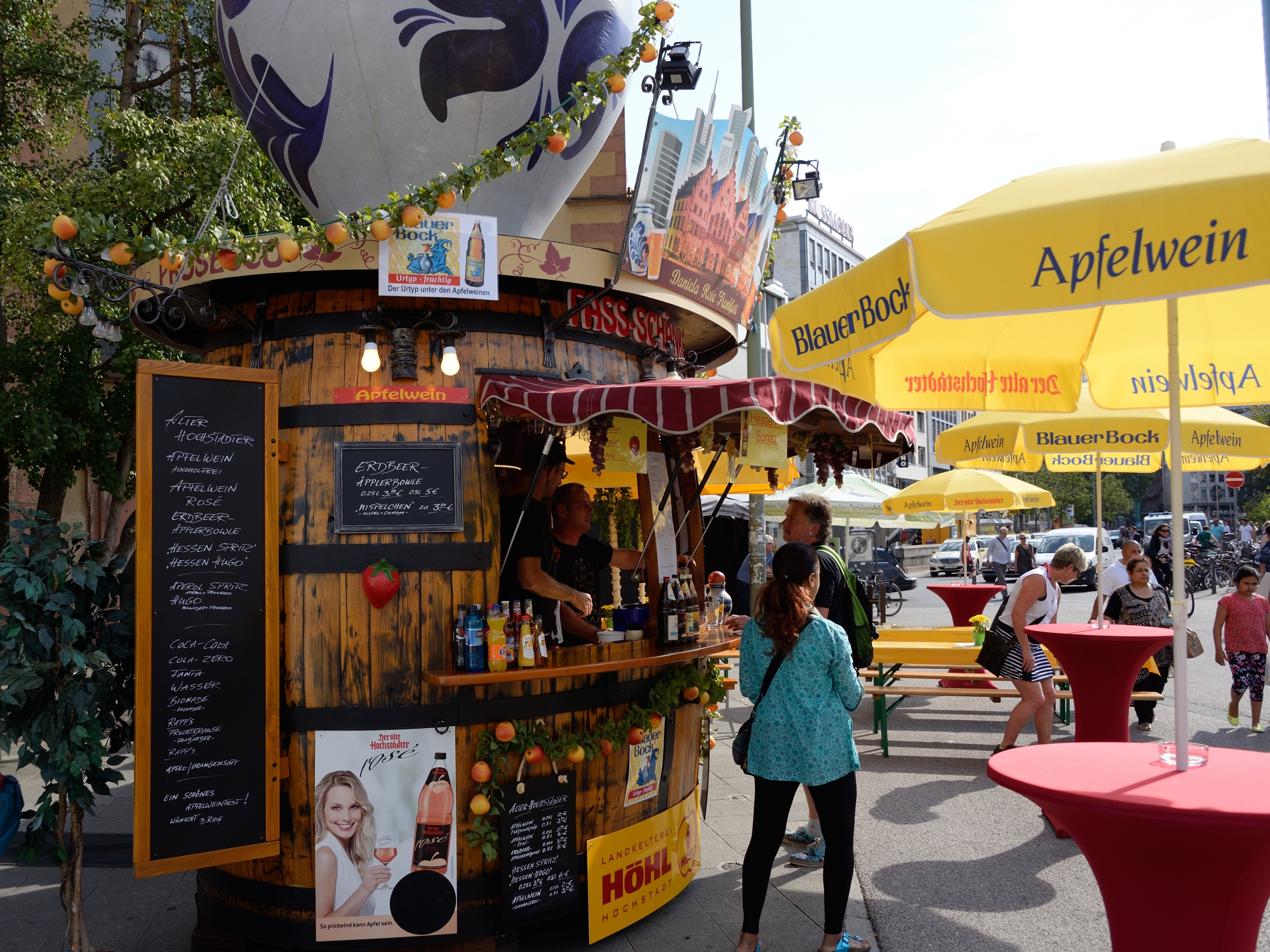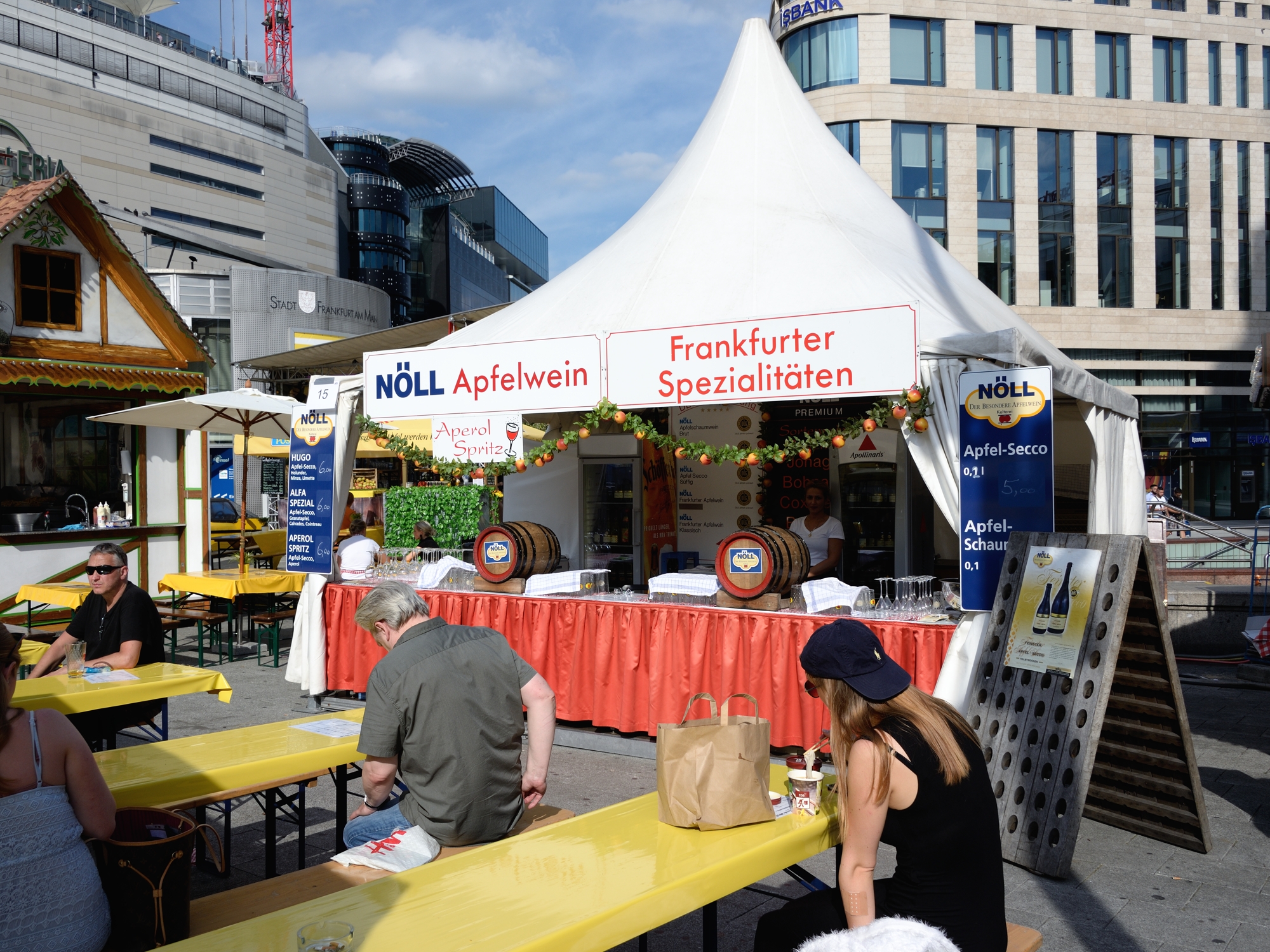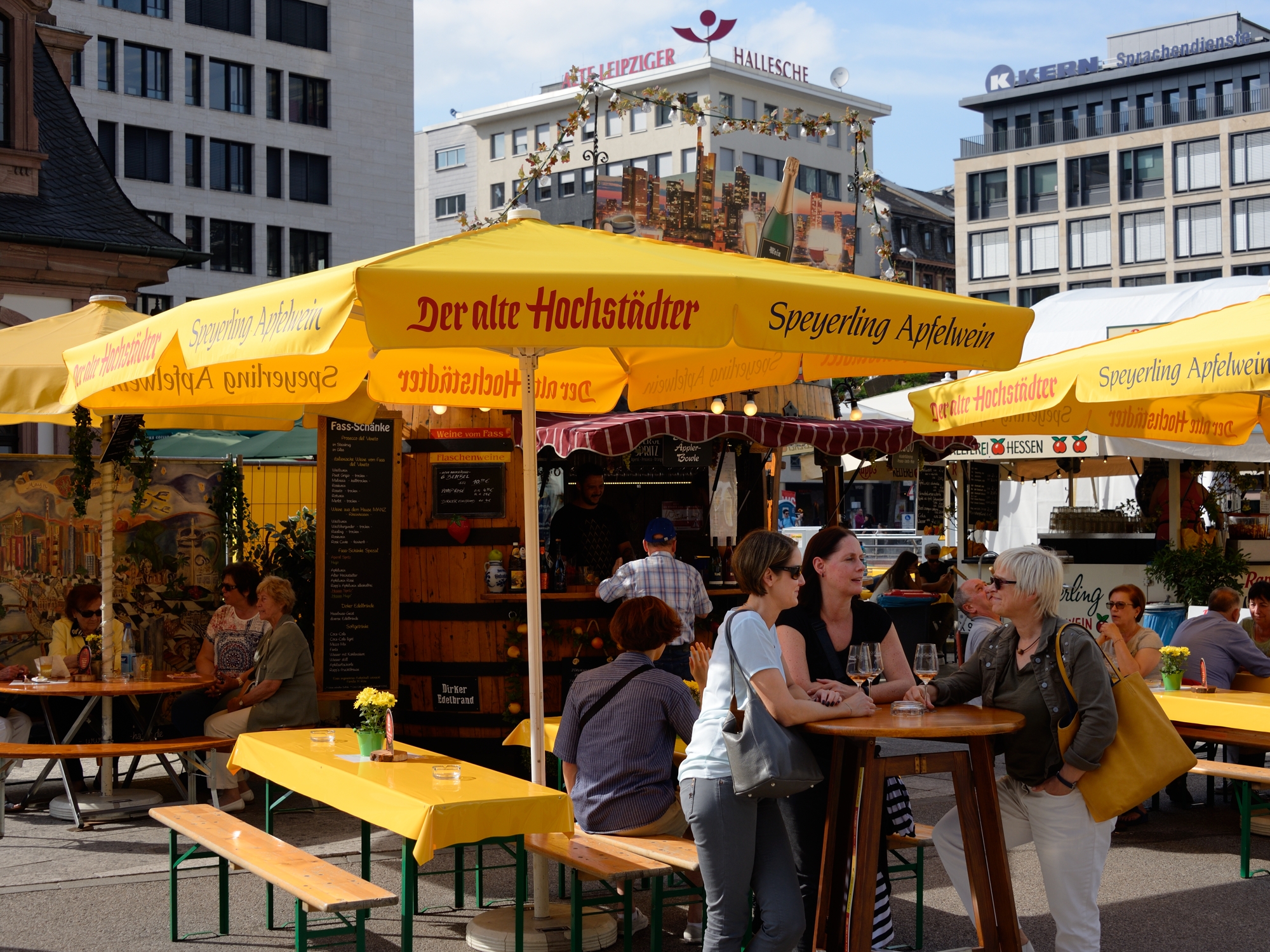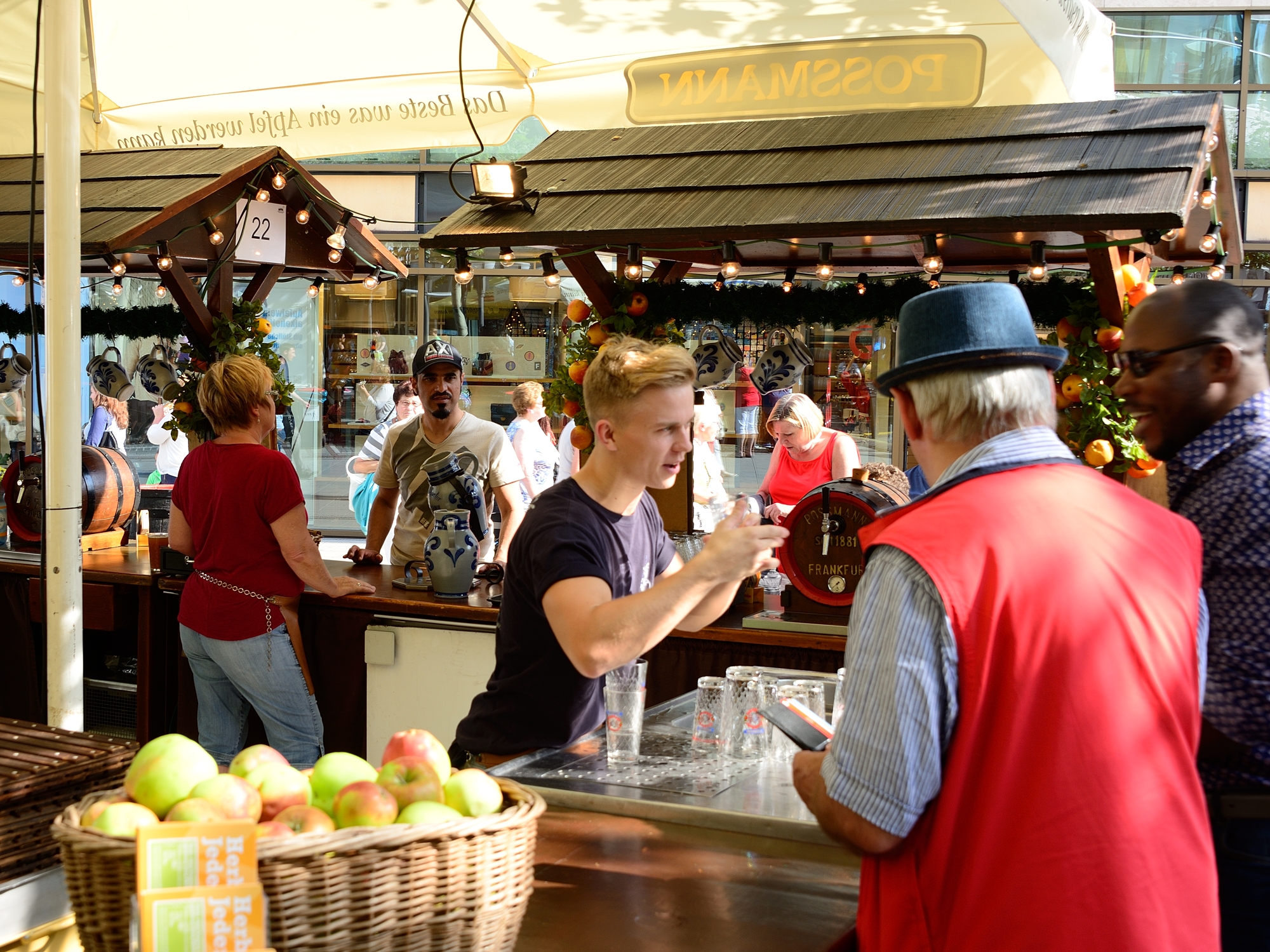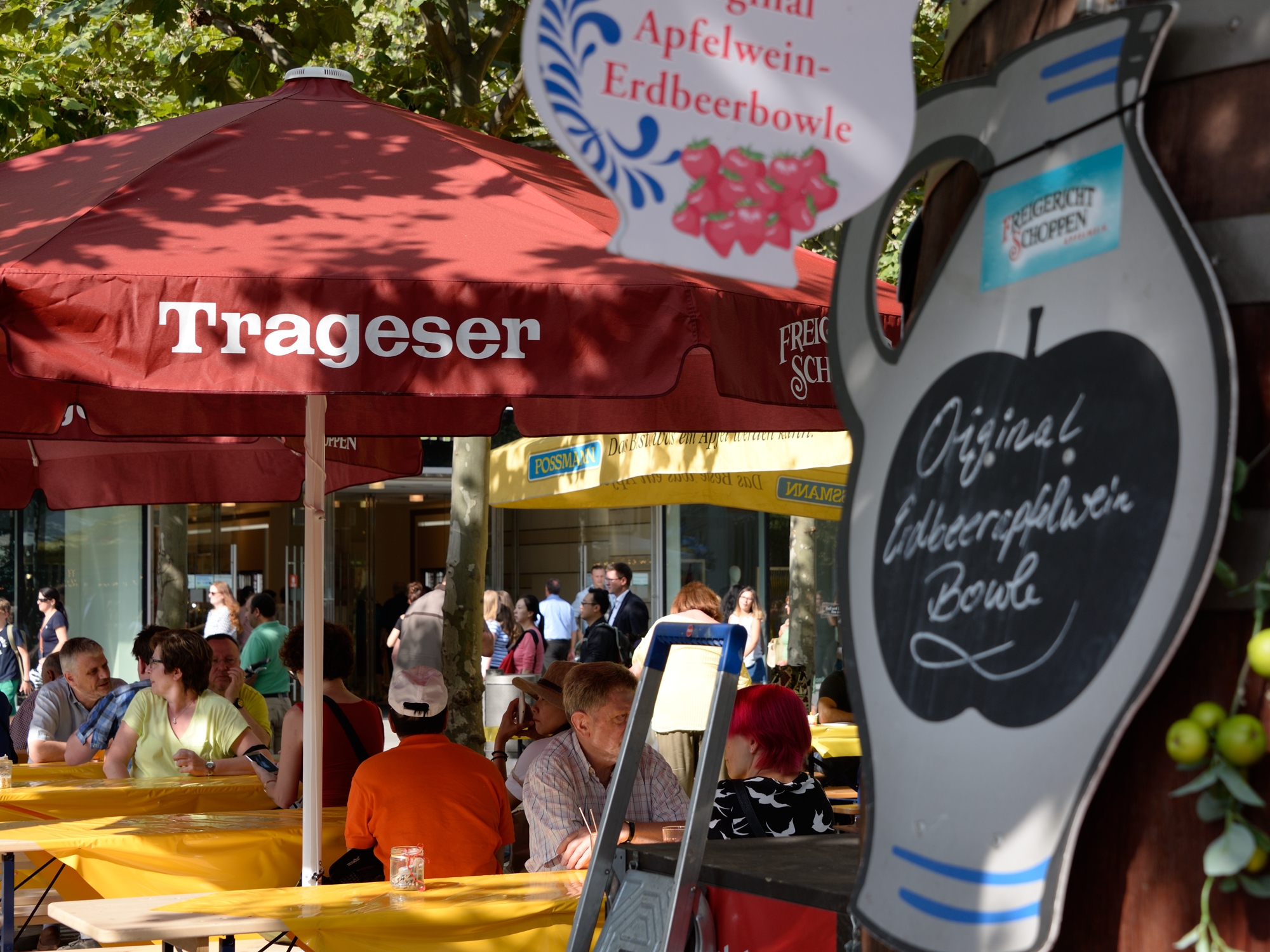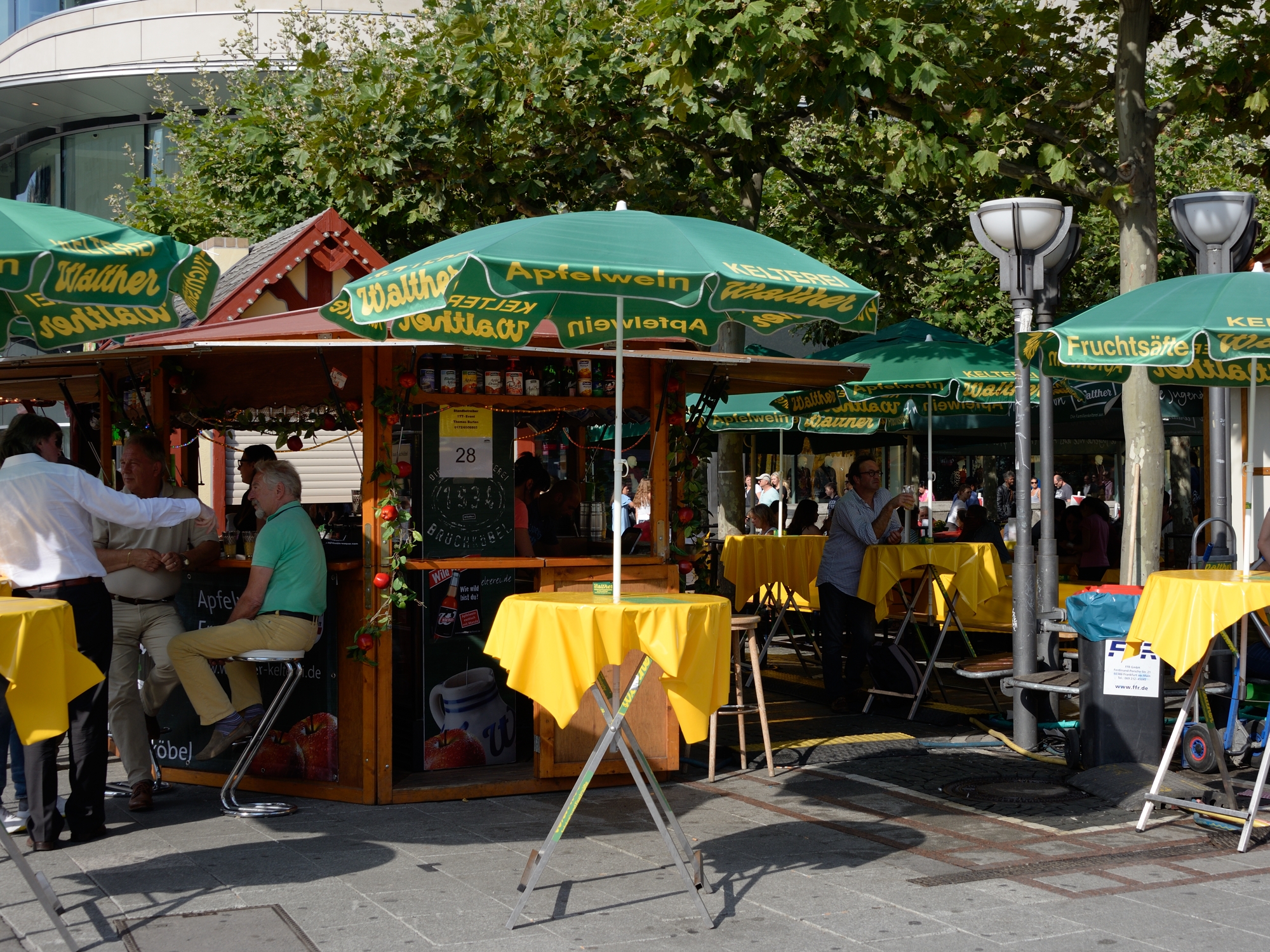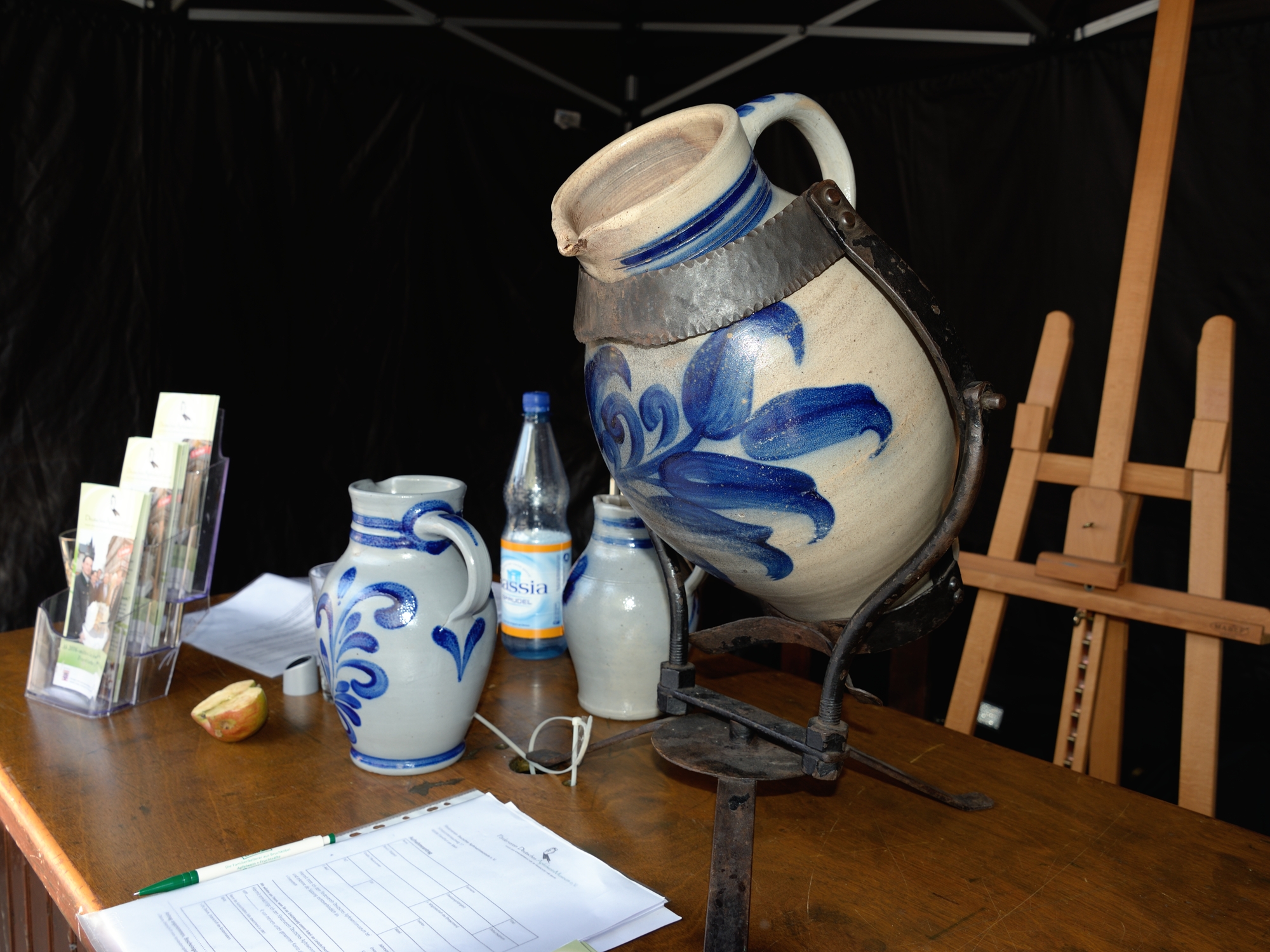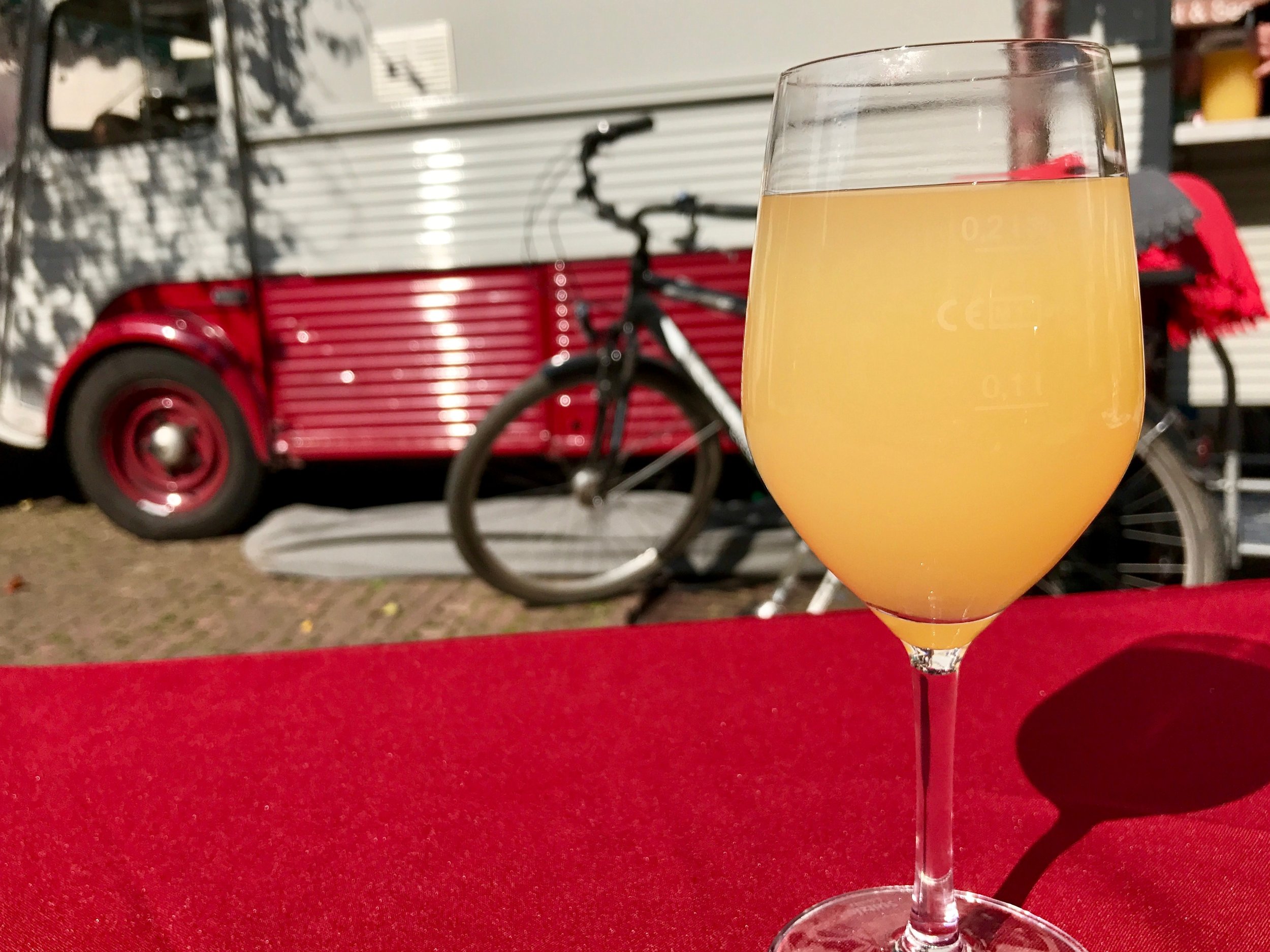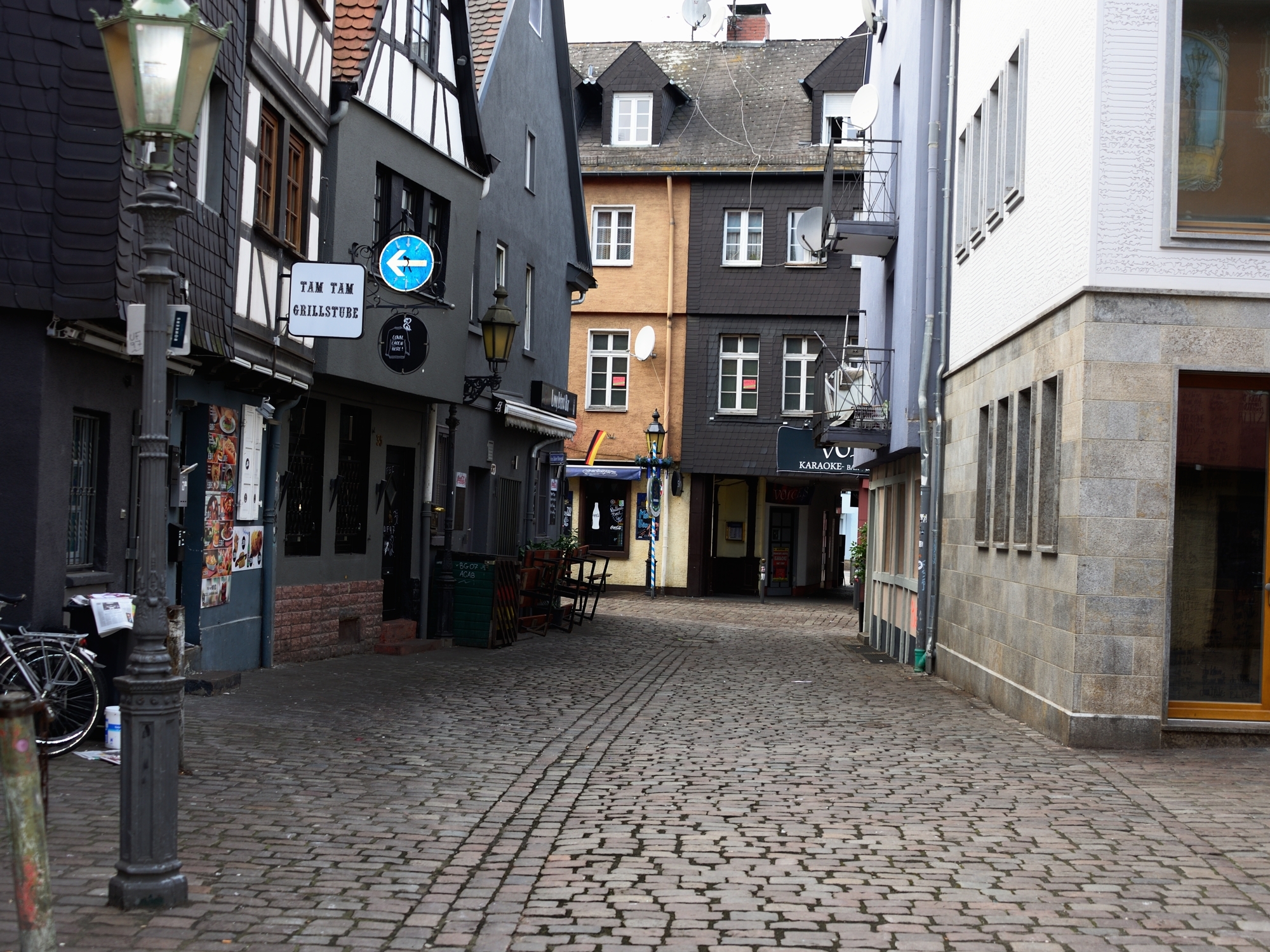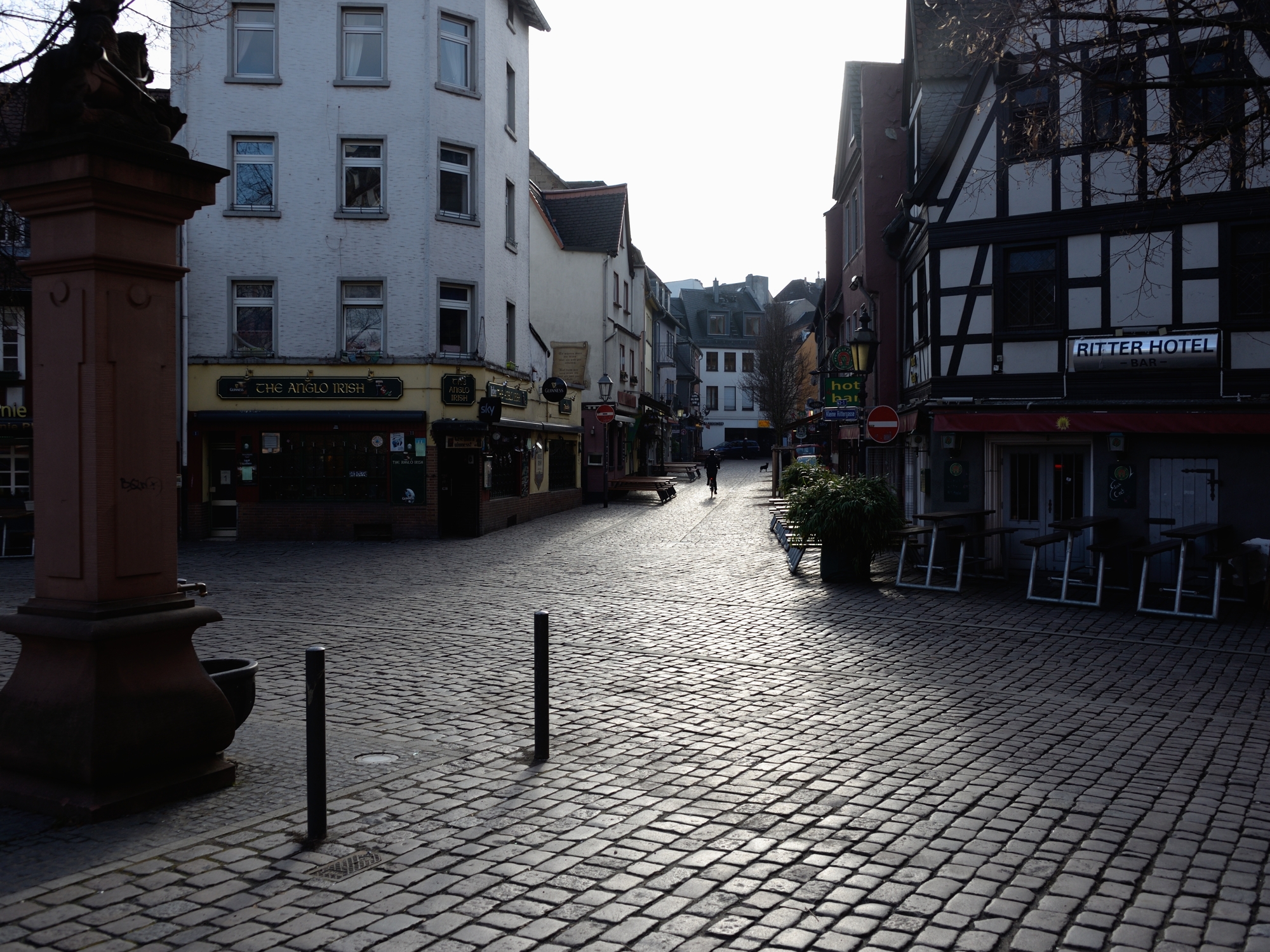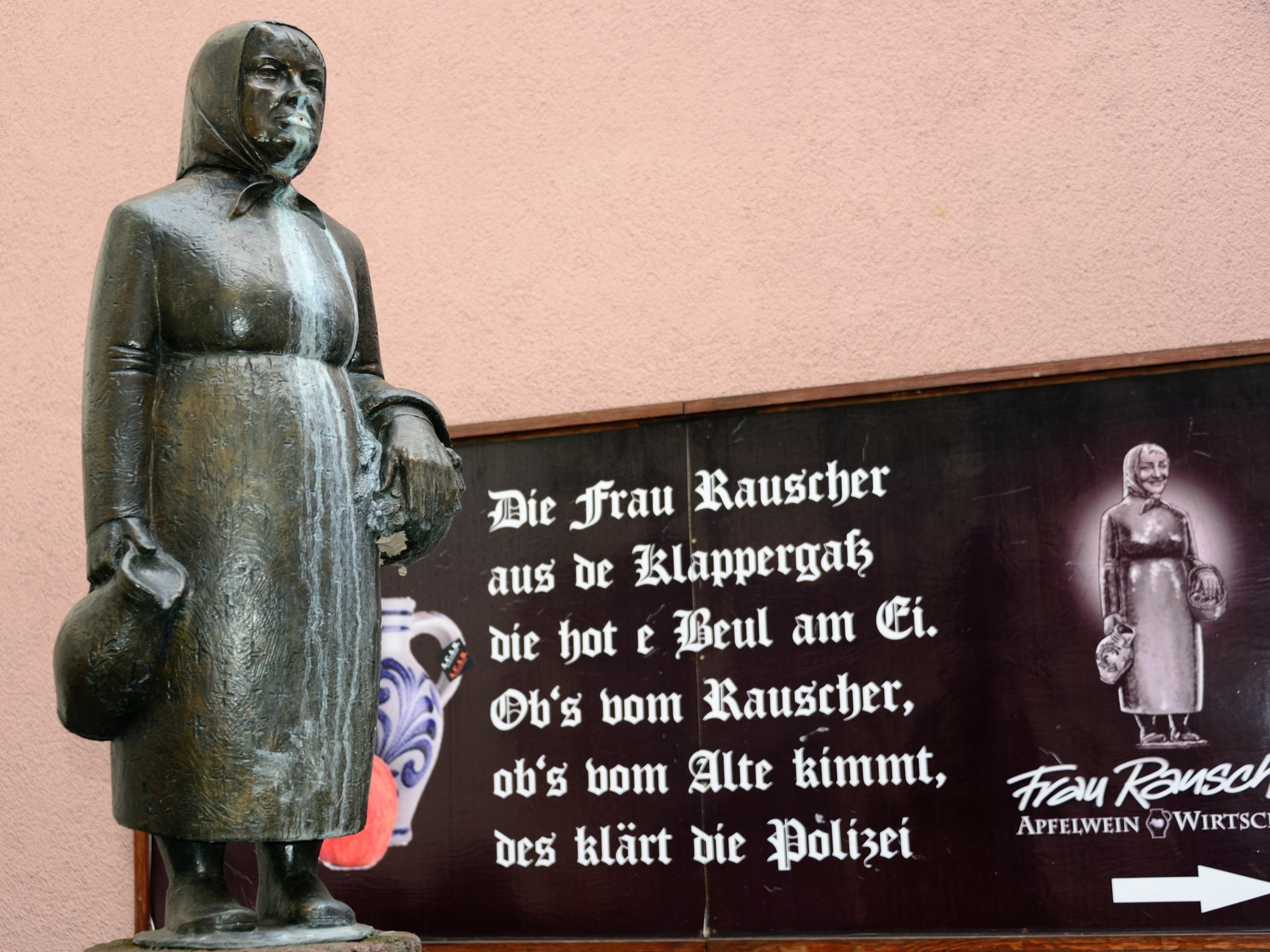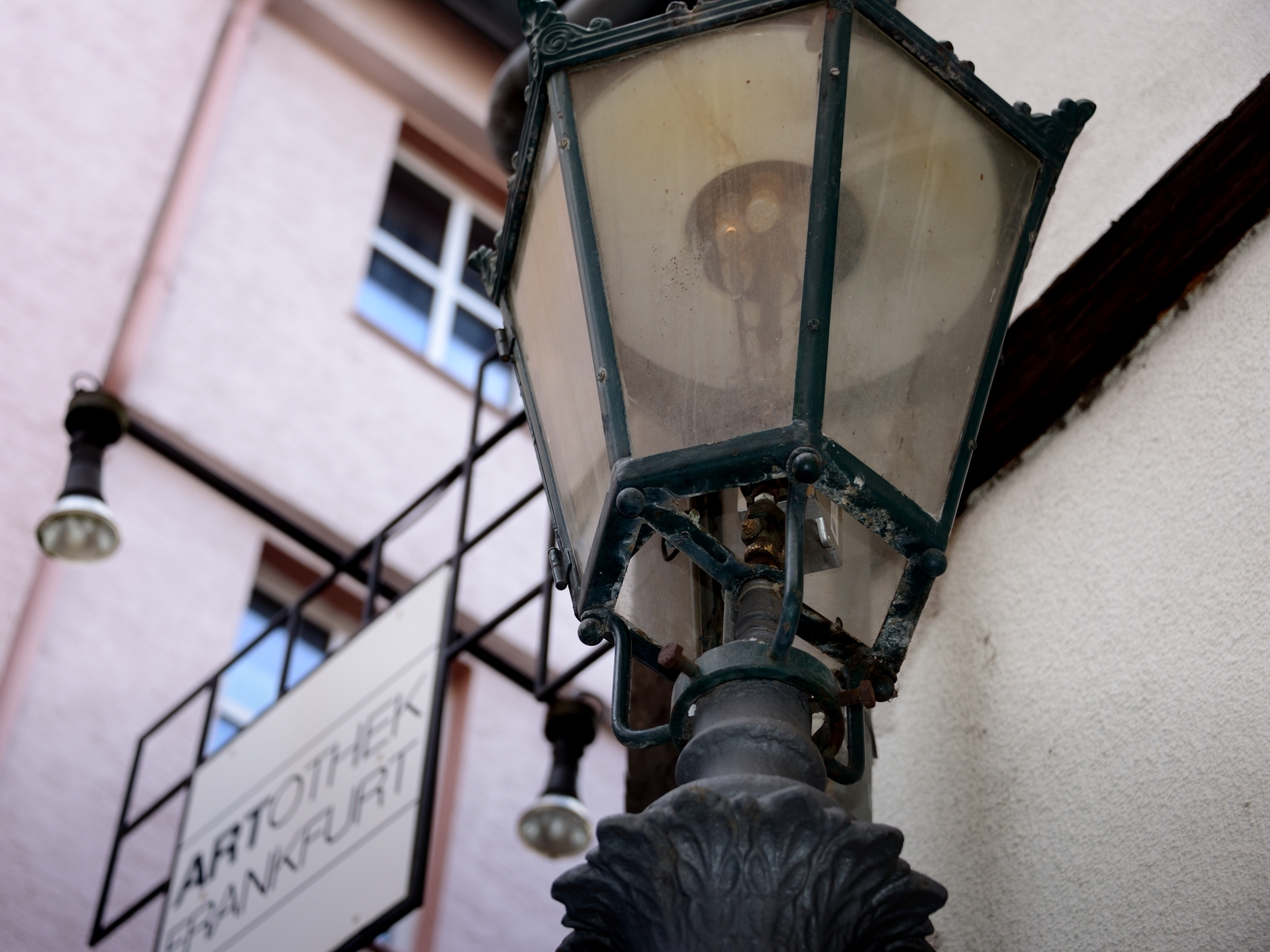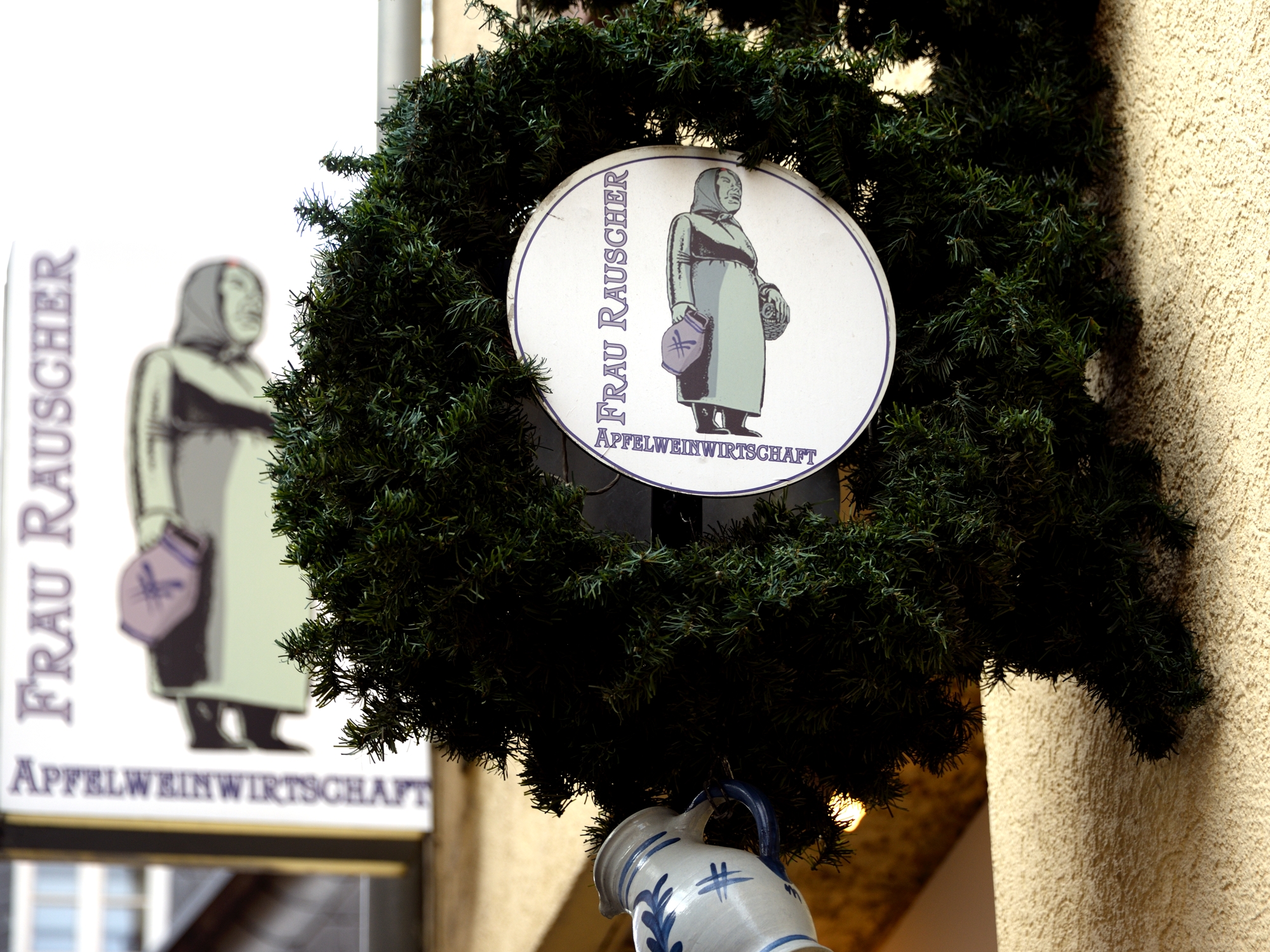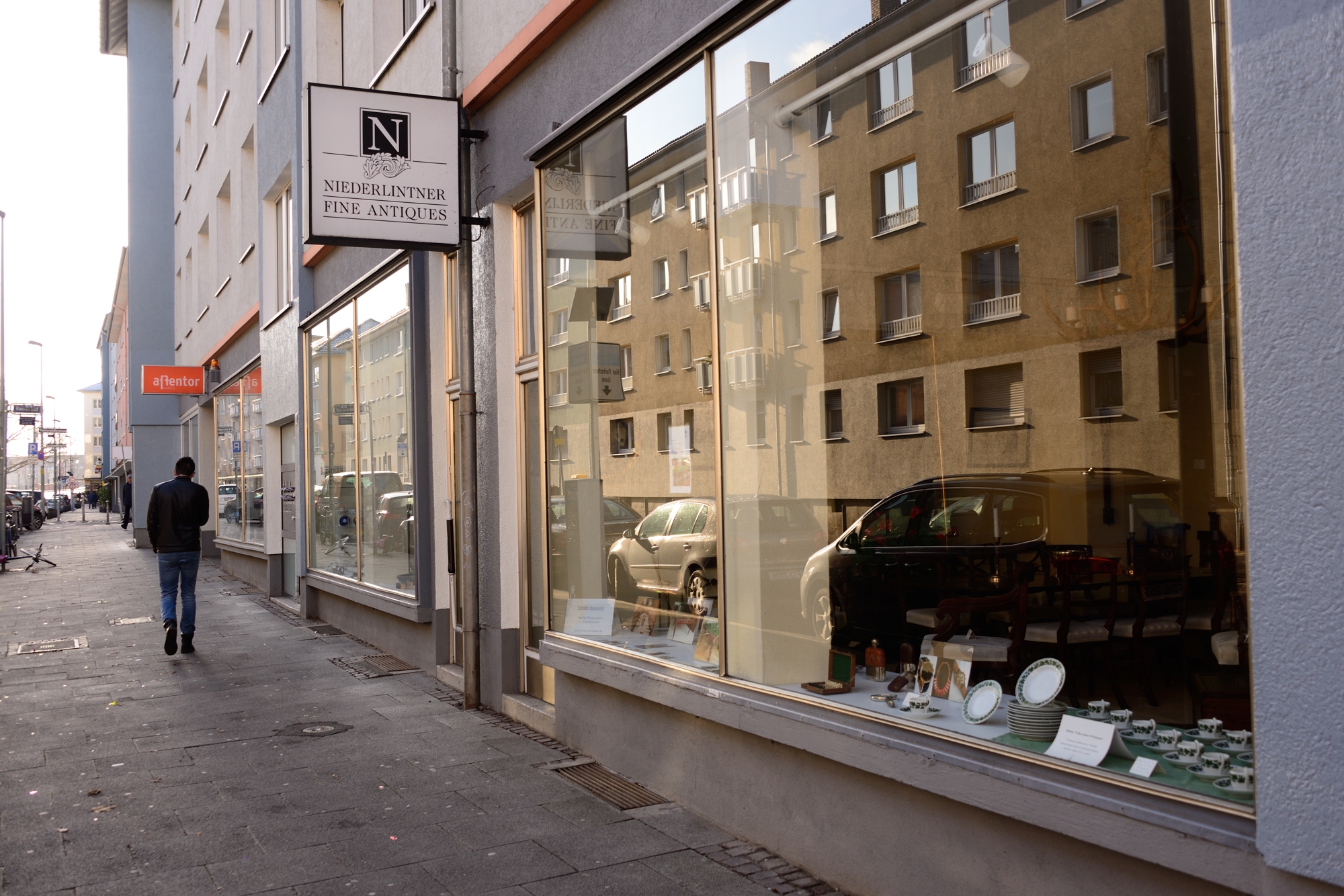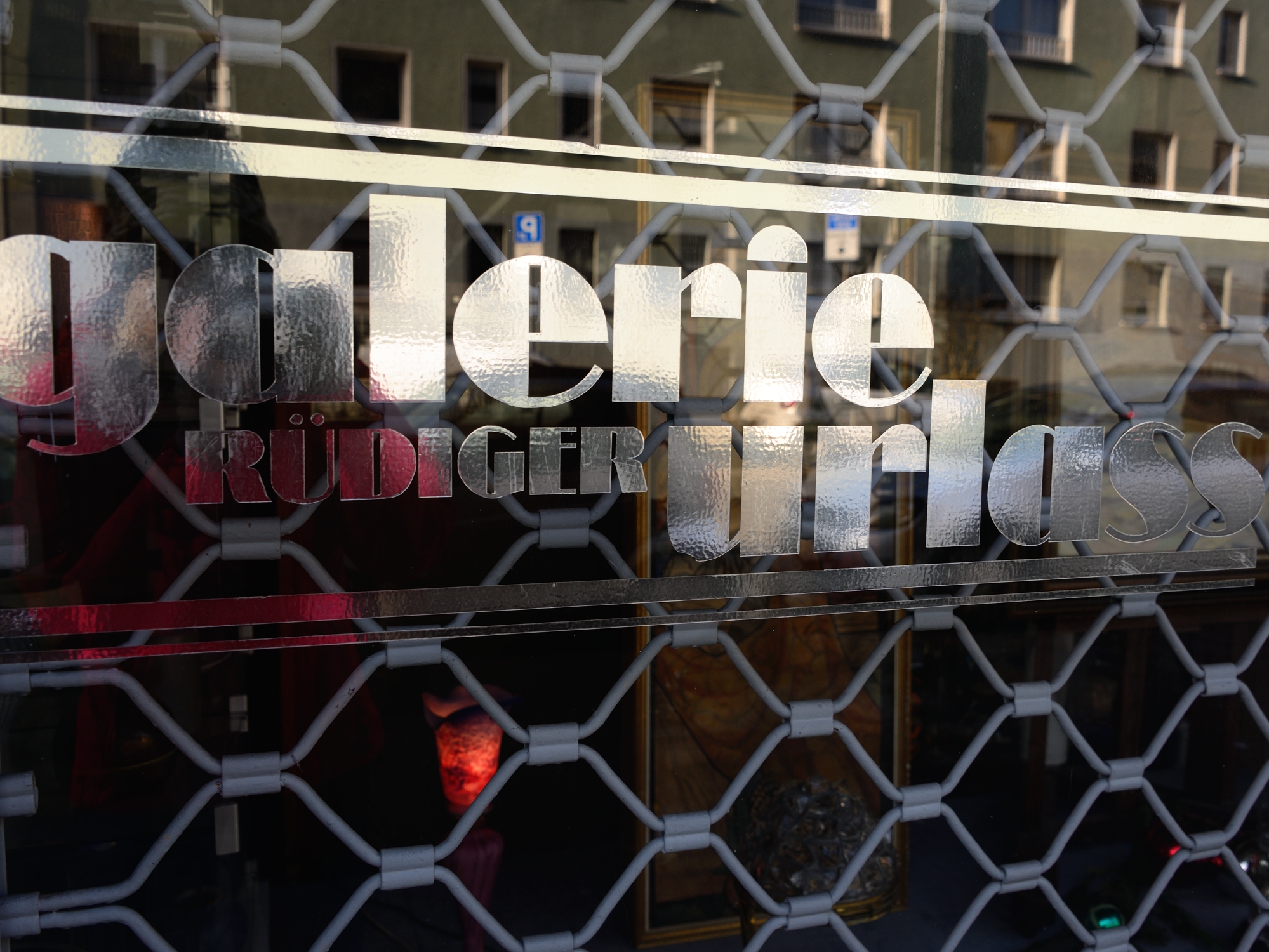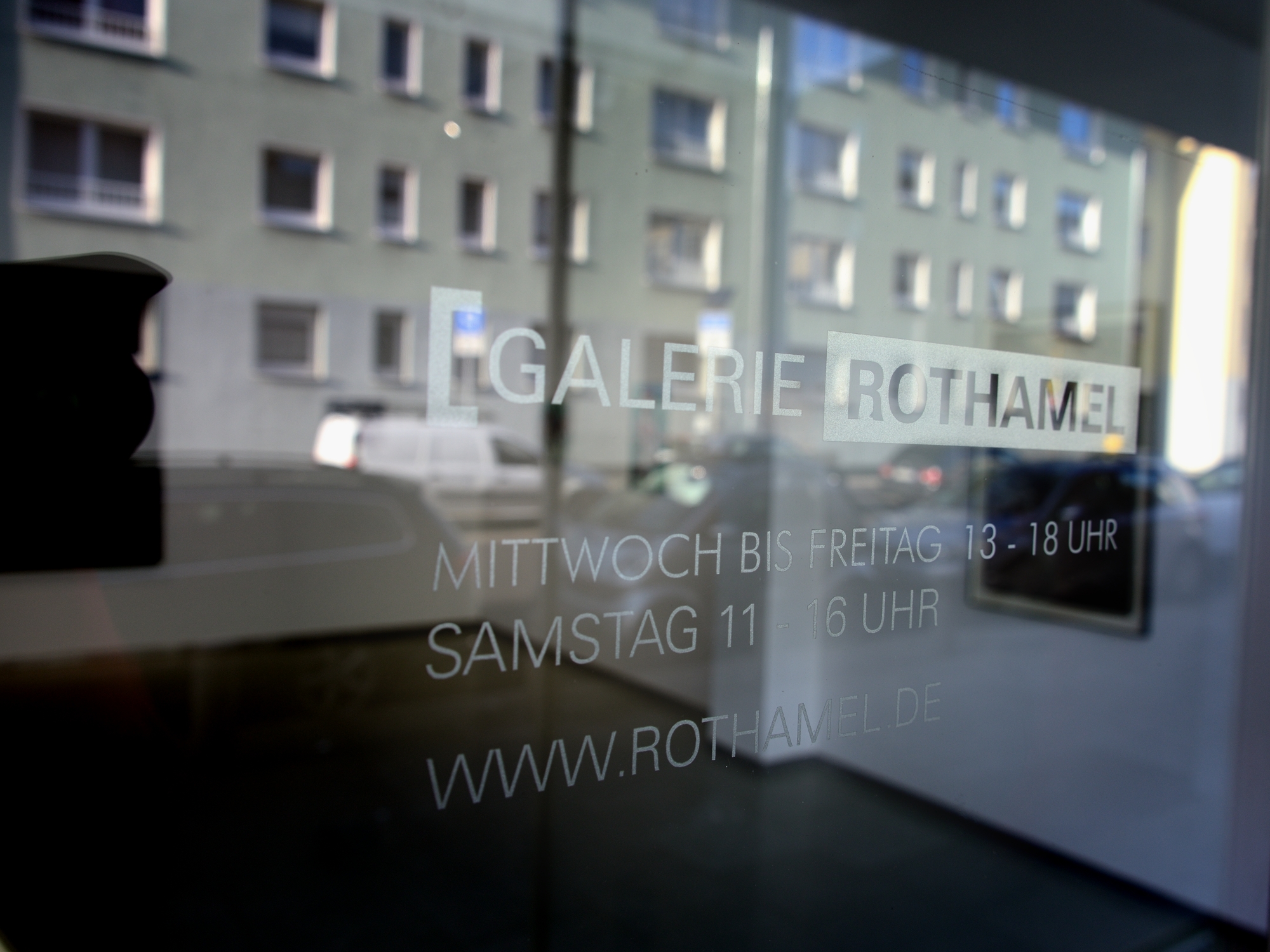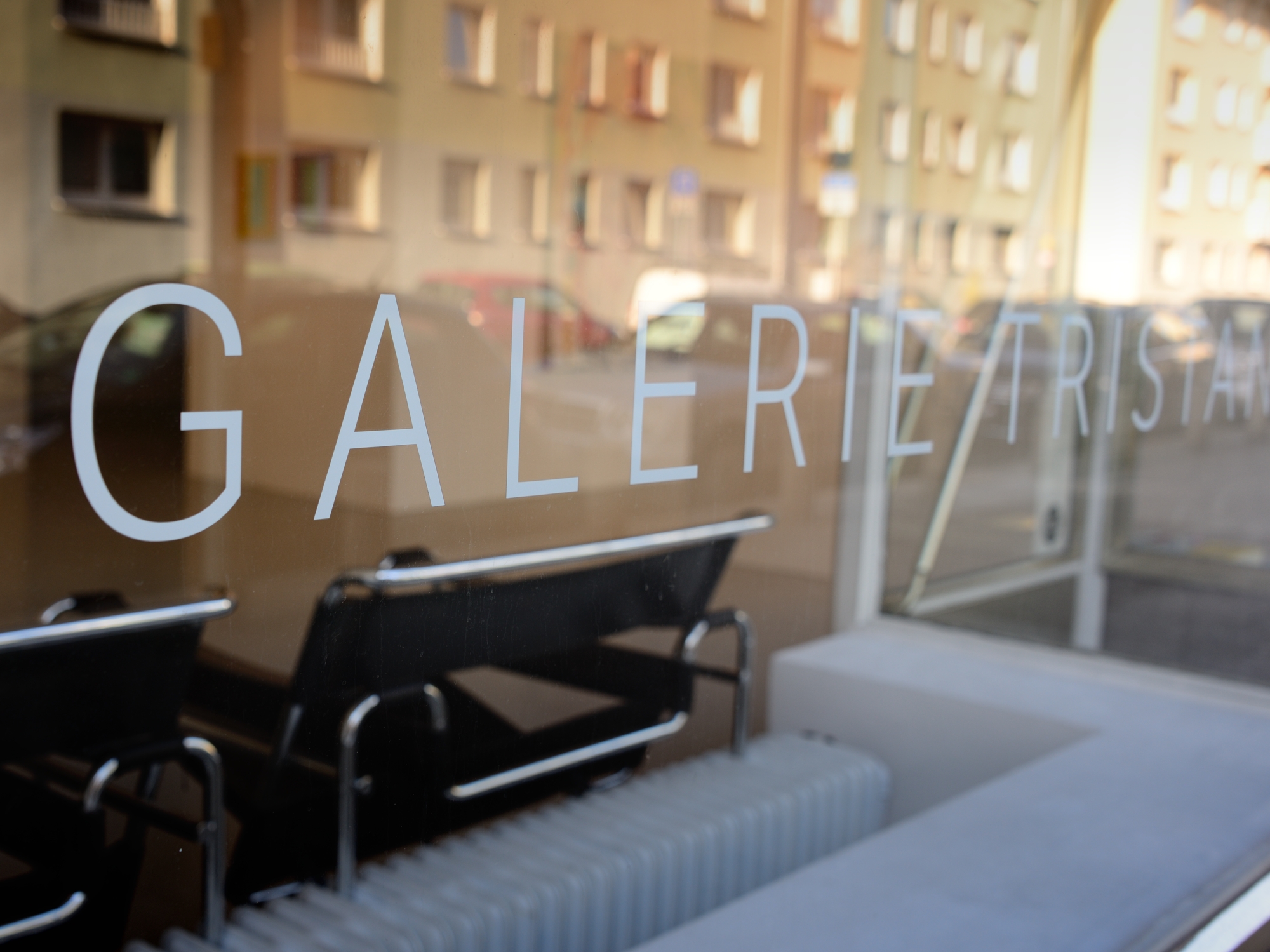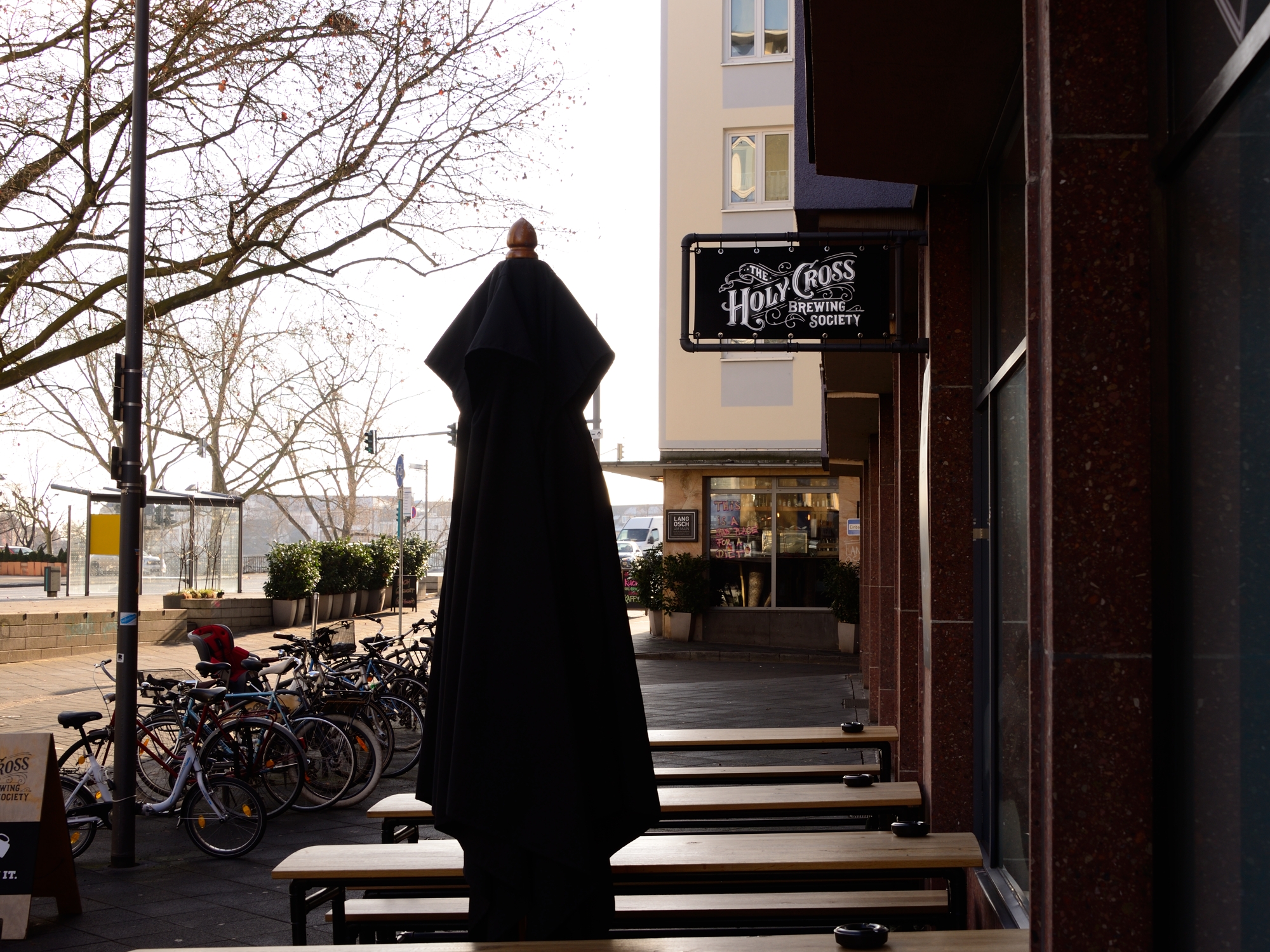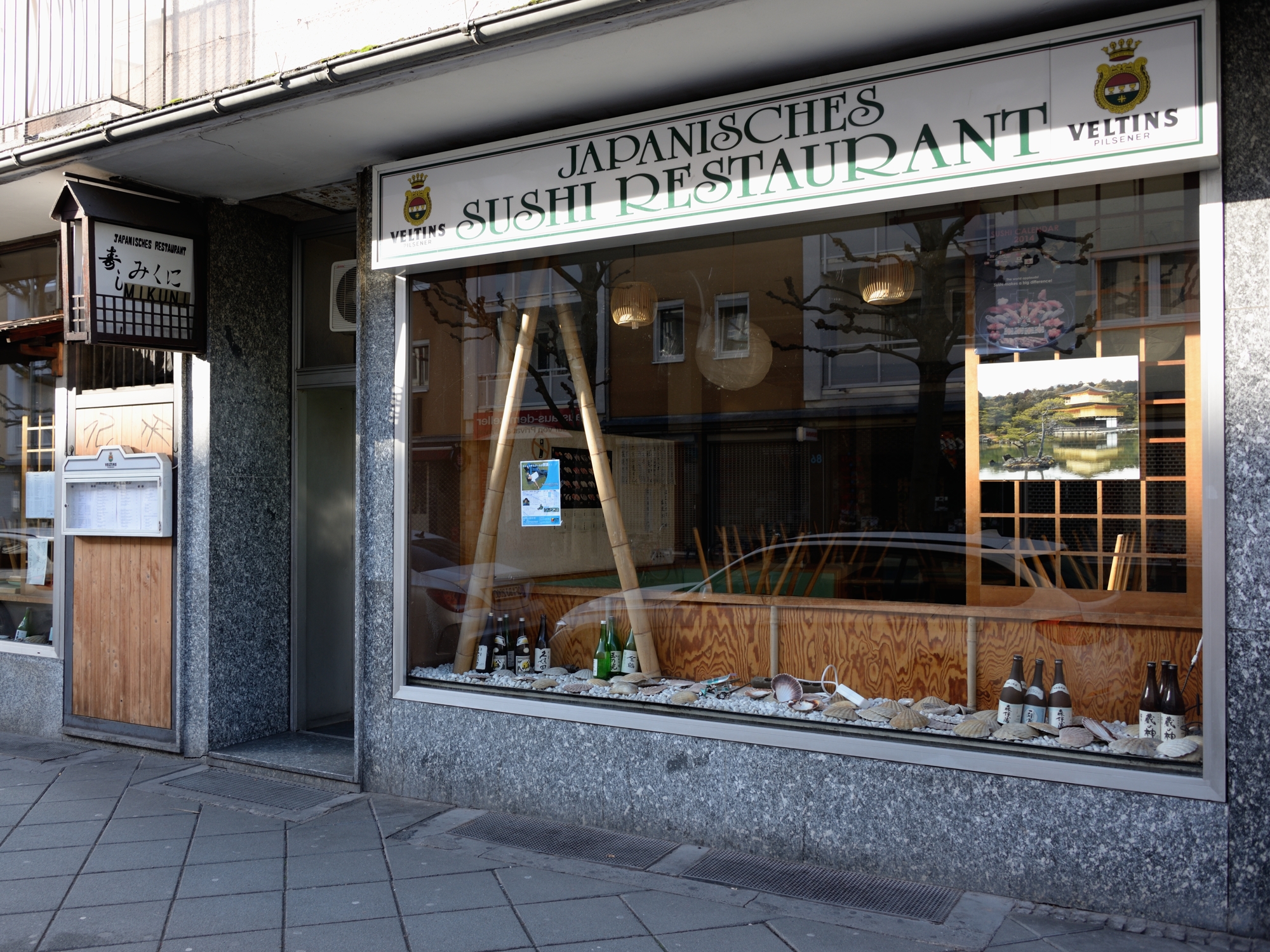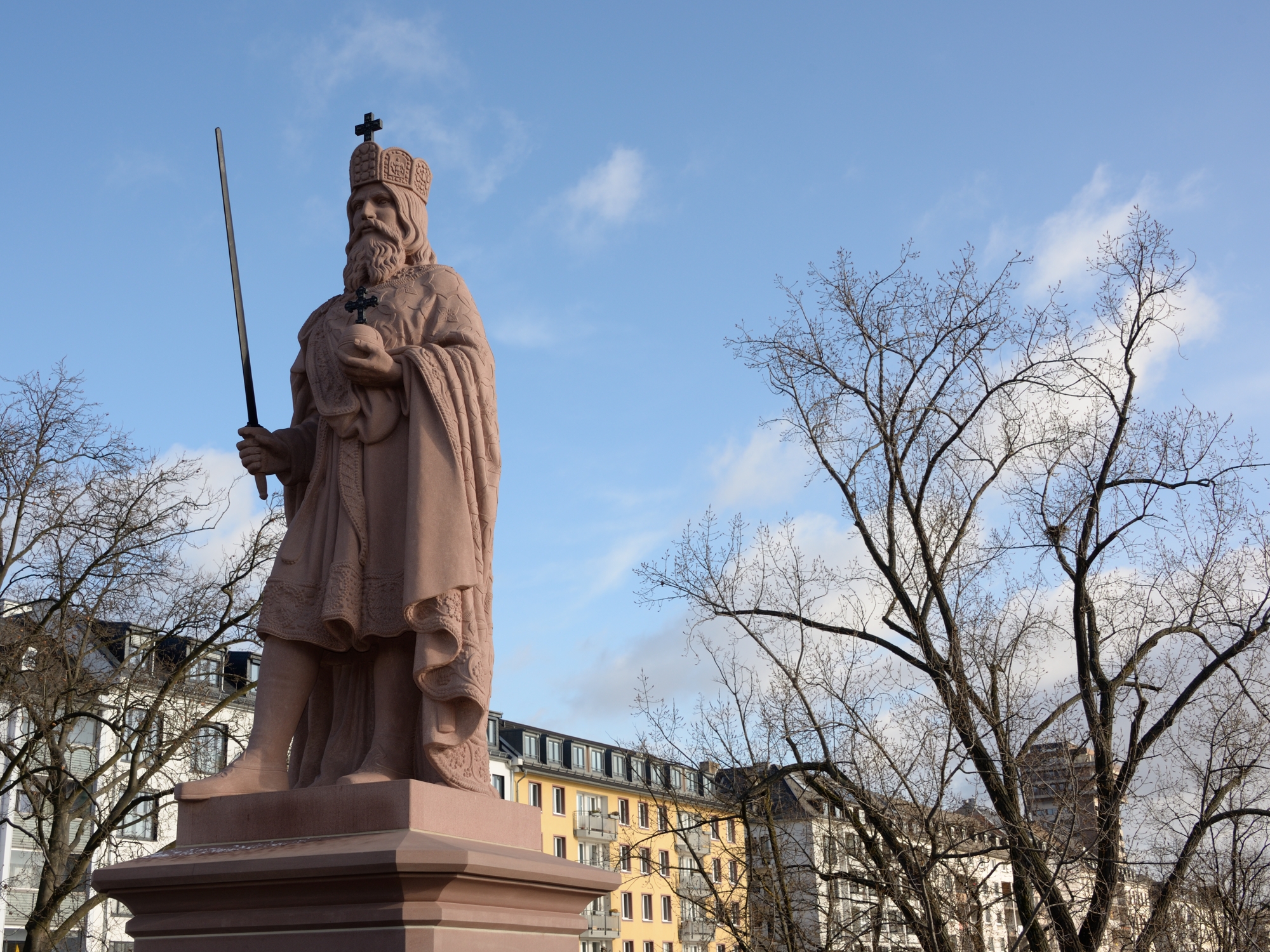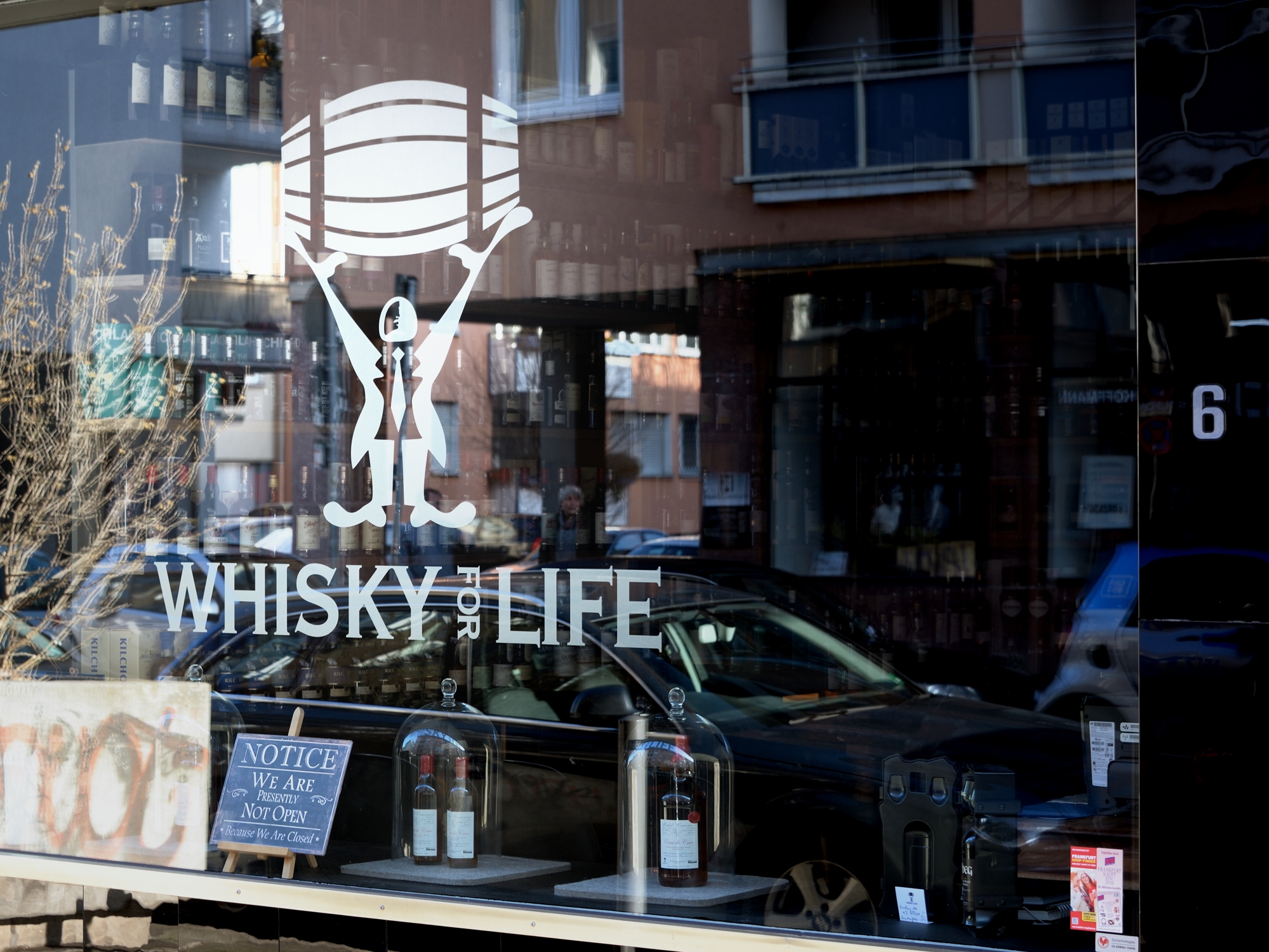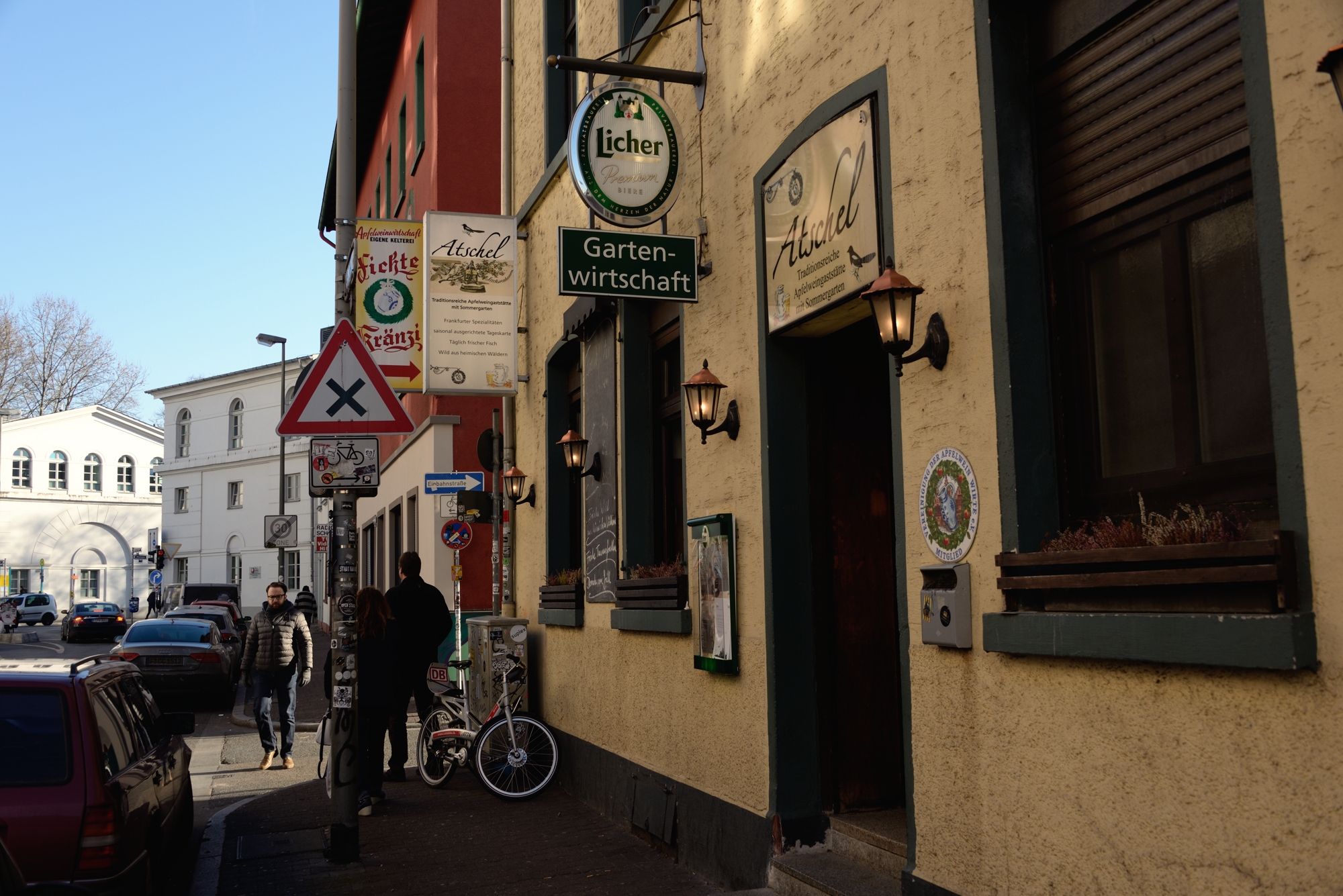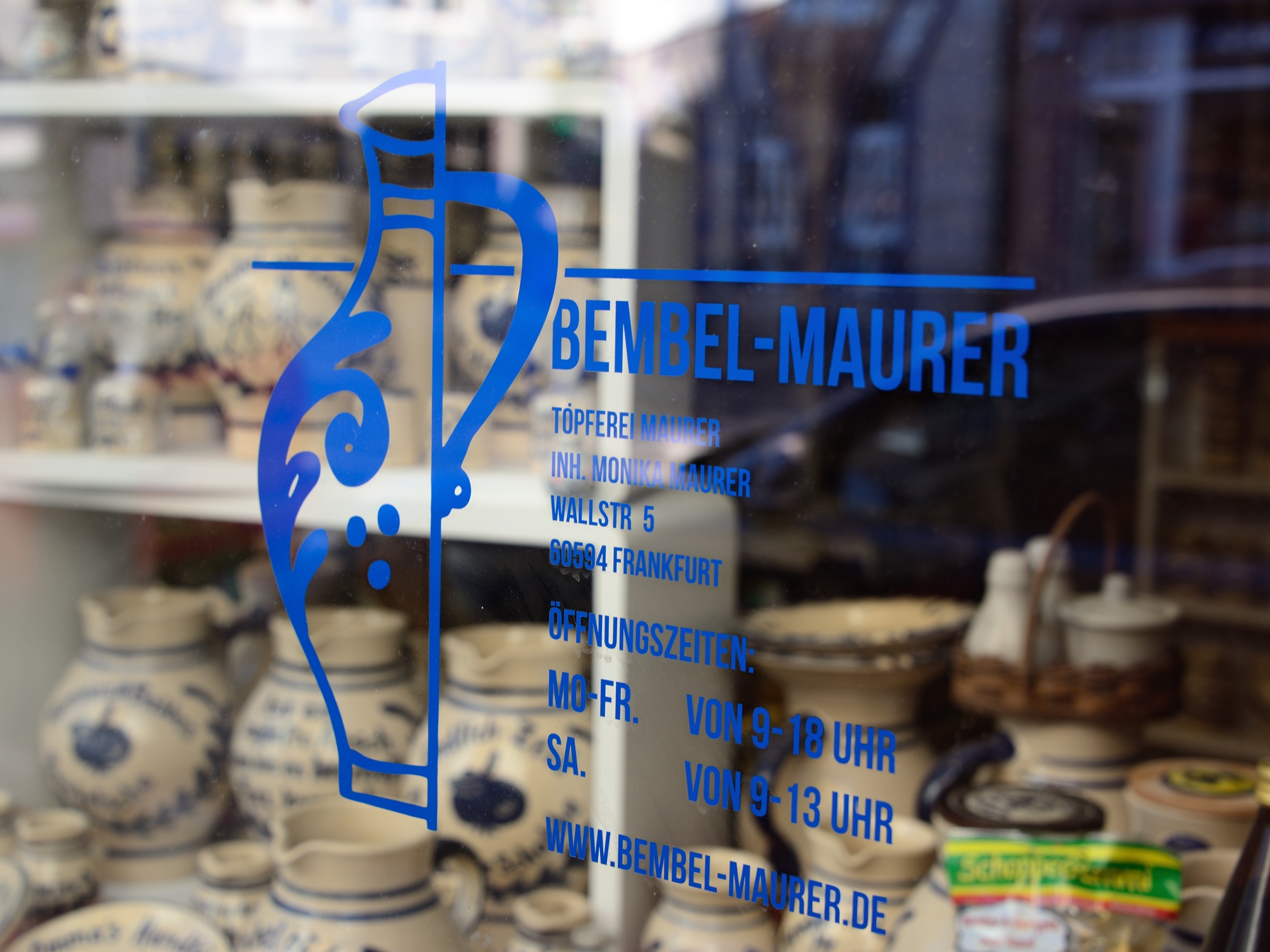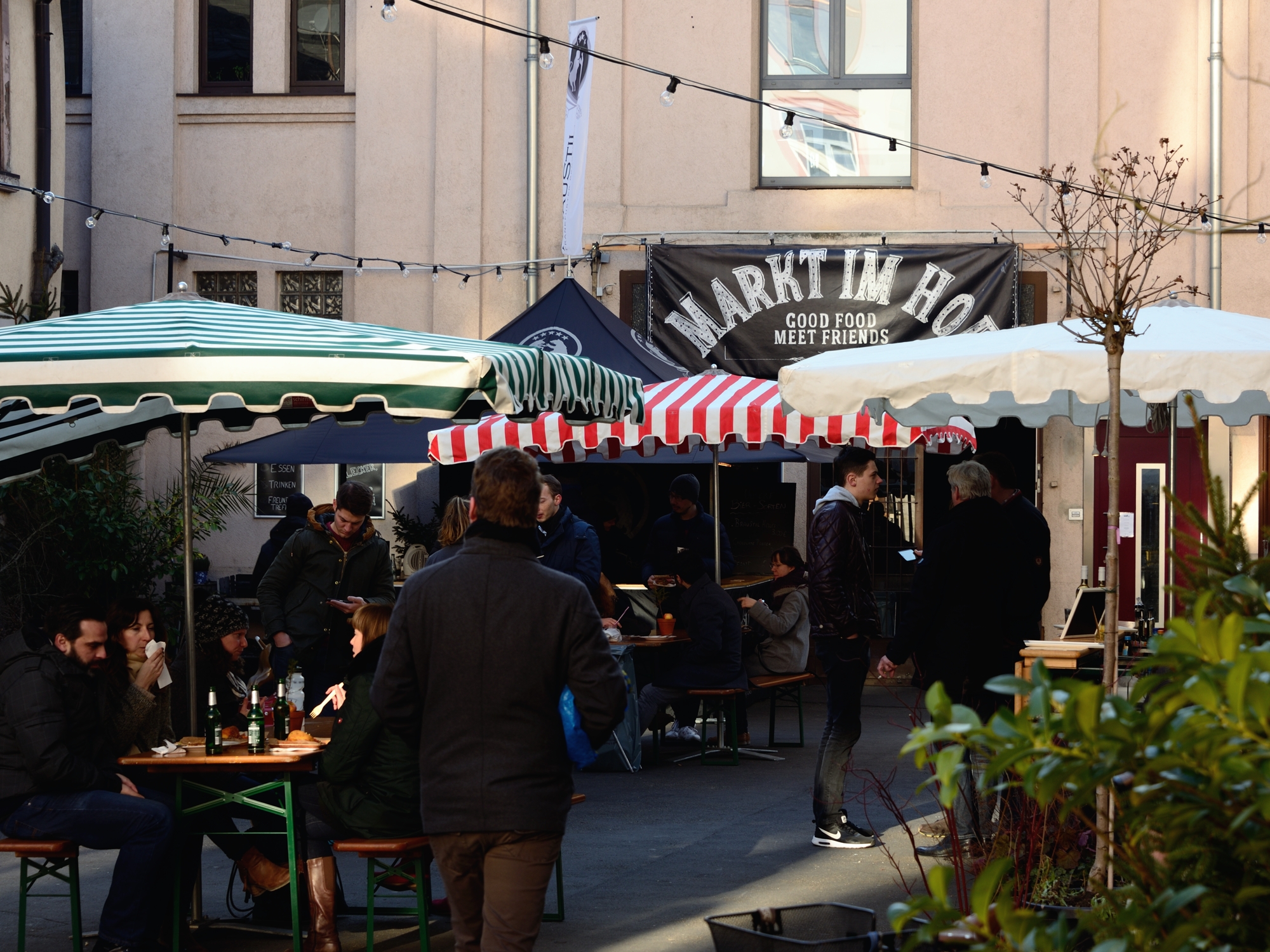Apple wine - a speciality of Frankfurt
/The 2018 Apfelweinfest, Frankfurt
The 2018 Apfelweinfest is being hosted on Roßmarkt, in Frankfurt, until August 19th. If you are coming to Frankfurt then you should definitely try a glass or two of this beverage famed as the local drink of Hessen and commonly called Äppler. The name however is misleading being more like a cider than a wine with an average alcohol content of 4%. Also be aware it has a sour flavour which is why you often see the locals ordering a bottle of sparkling water, along side their bembel (jug) of apple wine, which they use to top up the drink and soften the sourness.
How to order your apple wine
When ordering by the glass, apple wine 'pur' means it is pure apple wine. If you want your glass topped with a little water, then order an apple wine 'sauer' and if you need a little sweetness, then order an apple wine 'suss', in this case the glass is topped with a little lemonade.
Bembels (jugs) of apple wine always come 'pur' and you order by the number of glasses. E.g if you are with a group of 6 friends you might order a '6er' bembel which holds six glasses of apple wine. Don't forget to order a bottle of sparkling water for those in your group who want to soften down the flavour. Better still go to Kelterei Heil, a known and respected brand in Frankfurt, and they'll include a bottle of water with your bembel.
Kelterei Heil offering a 6er Bembel and bottle of water for 12€
One joy of the Apfelweinfest is trying apple wine from a variety of producers. Each brand has it's own flavour. Some producers offer unfilterred apple wine which is cloudy and labelled 'naturtrüb' whilst the more regular applewine is clear. Two producers offering naturtrüb at this years festival are Hofmann's and Trageser. My favourite regular apple wines offering a fresh taste are by Nöll, Walther and Stier This year Nöll, Walther and Stier have their stalls side by side, so not too far to wander to sample from all three! Rosé apple wine is another variety worth a try and has a less sour taste. Nöll offer an Apfel-Secco which is milder and naturally sweet.
Apple wine is always served in a 'gerippte' glass. The pretty diamond shape etching serves a practical purpose - it's to stop the glass from slipping through your greasy fingers, which is a very likely peril after a bratwurst or two. This year the Apfelweinfest is hosting a variety of foods, including vegetarian and vegan, fish and chips, traditional green sauce and the ever present Schwenkgrill (swinging grill over an open fire) for the meat eaters.
If you've missed the festival but still want to try apple wine, try visiting one of the famous apple wine taverns in Sachsenhausen - a few of my favourites are on my web page, click on the link and scroll down to Applewine taverns in Sachsenhausen to see a list.
A traditional 'Gerippte' glass containing a sample of Hofmann's naturtrüb Äppler - Zum Wohl!



